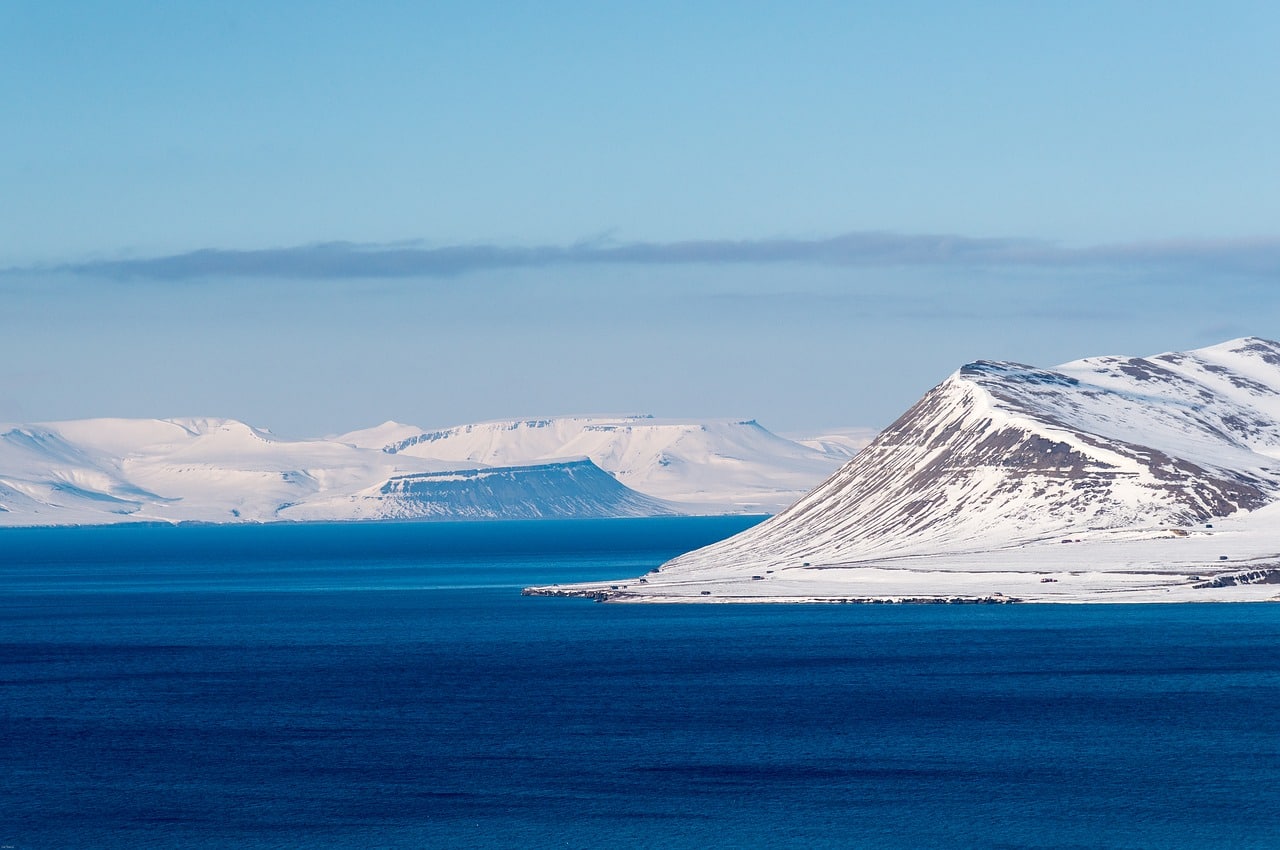Secret Iceland
As more and more blogs are landing in my inbox I am loving people’s desire to showcase the unusual, the inspiring, and the off-the-beaten-track places where your normal run-of-the-mill tourist rarely sets foot. Certainly, some of my best memories from travelling over the years have not been in the guidebooks!
Now if I had been a betting man I would have said that visitors to Iceland from the UK would have increased dramatically in recent years, especially given the apparent surge in regional charter flights from the UK but I was wrong as in 2019 numbers were down.
I feel this could be just a brief downward trend as in 2021/22 I reckon people are going to travel multiple times with one of those trips demanding a short flight, unique experiences, breathtaking scenery and health-benefiting activities. If you wrap that all up in a little 3 to 7-day package then Iceland will certainly tick the box for many – myself included!
Rannveig Snorradottir is the Managing Director of Obeo Travel – an Iceland and Namibia specialist destination management company with her range of ground services available through travel agents in the UK. I am delighted that Rannveig got in touch to highlight a side of Secret Iceland that will be new to many of us.
Let’s hear what she had to say.
Far From The Bright Lights
Secret Iceland is such a magical place. While most people have certainly heard of the Blue Lagoon and the Golden Circle, I would like to write about the lesser-known parts of the country – including some of my favourite activities.
The winter offers an opportunity to experience the incredible Aurora Borealis, or the Northern Lights, and to experience this natural phenomenon you will want to leave the city centre to avoid the light pollution. This does not mean you cannot stay in the city though, as you can choose between coach, super jeep and cruise options to take you out to the best places and conditions to view this incredible sight.
A Land Of Fire & Ice
Icelanders are a wild bunch of people which you might blame on the many months the country is in darkness. Locals will use every opportunity to be creative and find interesting ways for you to enjoy Iceland‘s incredible nature. Some of the funniest moments I have experienced were exploring the black sandy beaches, incredible mountains, the variety of glaciers and the abundance of hiking routes and waterfalls that this breathtaking country has to offer.
Leaving the city behind, head along the South Coast to see Seljalandsfoss (walk behind it!) and Skogafoss, some of Iceland‘s most impressive waterfalls. Upon arrival in Vik, you‘ll find an incredible team of expert glacier guides to take you to some of the ice caves in the area. You first board one of the super jeeps which are certainly Icelandic men‘s toys and the best way to negotiate much of Iceland‘s tough terrain.
This off-the-beaten-track experience will take you to the base of Katla volcano, which is one of Iceland‘s biggest volcanoes and way overdue an eruption – this thought only adds to the adventure of the day. Here you will put on crampons and walk towards some ice caves which you will safely explore with an expert guide. This is just one amazing experience in this country known as the land of fire and ice!
Activities With A View
Another favourite is to enjoy the popular SUP, or “stand-up paddleboard”, in one of Iceland‘s hidden fjords. I had never tried a SUP before joining a trip and was worried my balance would not allow me to enjoy the experience but I was certainly wrong. You can sit, stay on your knees, or stand – whatever makes you most comfortable while floating in the water surrounded by breathtaking Icelandic nature.
Did you know that you can Snowmobile on an Icelandic Glacier all year round? As part of an amazing adventure on Iceland’s Golden Circle route, you can meet a trusted guide at the parking lot of Gullfoss. There you will jump on an eight-wheeler monster truck to take you on a 45-minute transfer to the base on Langjökull Glacier!
Once at the base, you are provided with overalls, a helmet, gloves, and balaclava and you will receive a safety briefing before heading off. The snowmobile tour takes around 1 hour driving on an Icelandic Glacier and because it’s a glacier this activity is available all year round! Two guests share a snowmobile and take turns driving. Something to note is that a valid driver’s license is required but children, aged 6 and over, are welcome to sit with you. You will never forget this highly recommended experience.
Puffins & Beer
The Northern part of Iceland has some of the best attractions the country has to offer including volcanic pseudo craters, natural hot springs, waterfalls and get this: beer baths! Some Icelanders figured out that the herbs in beer provide excellent remedies to the skin. While soaking in wonderful, warm, beer, fill up your beer glass with your private draft located right next to your tub (the bathing beer is non-alcoholic, but the draft is not!)
The ultimate hidden gem of Iceland is without a doubt the Westfjords. If you want to see some of Iceland‘s most breathtaking scenery while feeling alone in the world, this is a place to explore. The Westfjords, as the name says, allow to you explore magnificent fjord landscapes, and some places like nowhere else in the world – like the awe-inspiring Dynjandi waterfall, Latrabjarg bird cliffs (get up real close to the puffins!) or Hornstrandir nature reserve which is every hikers paradise.
Iceland is a constant surprise, even to seasoned travellers – trust me, I‘m Icelandic and the country still blows me away.
Contact Information
Our thanks to Rannveig Snorradottir the Managing Director of Obeo Travel for her blog and her wonderful photos of what is a very special European country – Secret Iceland.
If you want to know more you can contact their team or simply get in touch with your local travel agent who can book Iceland with Obeo Travel.











